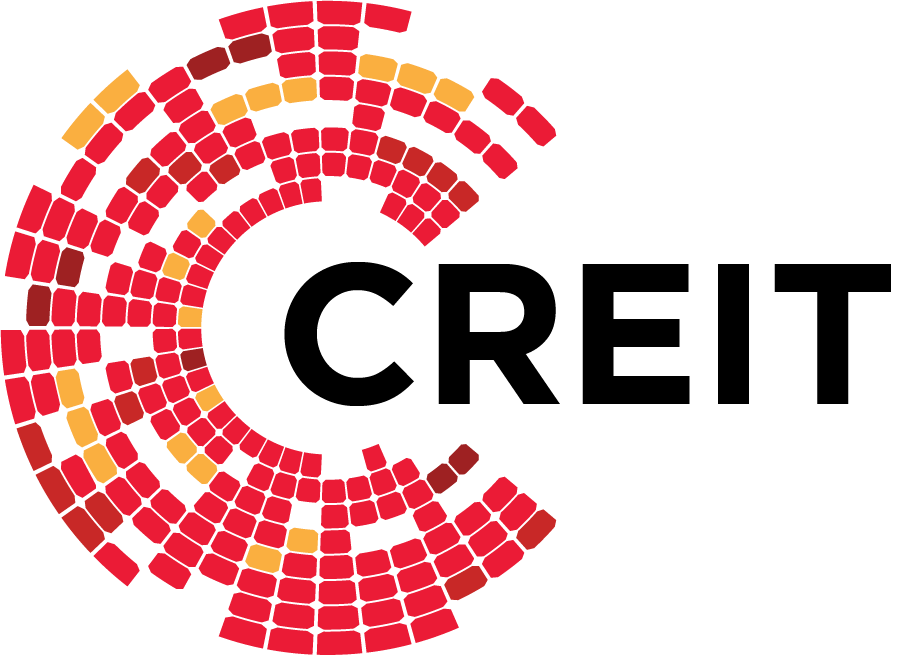Today, the need for climate action and environmental protection continues to rise, and along with it the demand for financial tools that support this cause. One such tool that advocates for sustainability is the green bond, a growing investment vehicle that aligns profit with purpose. For socially responsible investors, green bonds present an opportunity to contribute to environmental progress while earning stable returns.
In this blog, we’ll explore what green bonds are, their different types, the benefits they offer, and how to invest in them locally. Moreover, we’ll talk about the reasons that CREIT’s green bonds are a compelling option for sustainable investment. Read on!
What are Green Bonds?
Green bonds are fixed-income financial instruments used to raise funds specifically for projects with positive environmental benefits. These projects may include renewable energy development, energy-efficient buildings, sustainable water management, or pollution reduction initiatives. While they function similarly to traditional bonds, green bonds are unique because the proceeds are exclusively allocated to green or sustainable projects.
Green bonds are gaining traction as both public and private sectors look for ways to fund environmentally focused developments. They are governed by internationally recognized standards, such as the Green Bond Principles (GBP), which ensure transparency and accountability in how funds are used.
Unlike broader environmental, social, and governance (ESG) or socially responsible investments that evaluate companies across environmental, social, and governance metrics; green bonds are more narrowly focused on financing environmental or climate-related projects through debt instruments.
In essence, while green bonds fall under the umbrella of sustainable investing, they are structured debt instruments and differ from broader equity-based ESG investments.
Different Types of Green Bonds
Green bonds come in several forms, each suited to different issuer and project needs. Here are the main types:
1. Standard Green Use of Proceeds Bonds
These are the most familiar kind of green bonds in the market. When you invest in one, your money goes directly to support eco-friendly projects—like renewable energy or waste management initiatives.
But here’s the key: even if that specific project runs into delays or issues, your investment is still protected because the issuer (a company or institution) guarantees repayment from their overall financial resources. For Filipino investors, this means lower risk while still supporting sustainability efforts.
2. Green Revenue Bonds
These work a bit differently. Your returns come solely from the income earned by the green project itself. Think of a wind farm or an eco-tourism park—the bond is repaid from the profits that specific project brings in.
In the Philippine setting, this structure allows investors to directly share in the success of sustainable ventures, but it also means you’re more exposed if the project underperforms.
3. Green Project Bonds
These are tied to just one project and don’t have the financial safety net of the issuer’s entire business. Therefore, if you invest in a bond funding a solar energy facility in Mindanao, for example, your returns depend entirely on how well that project performs. It’s a more hands-on way to back environmental progress, and which works best for those who want to track exactly where their money is going and what it’s accomplishing.
4. Green Securitized Bonds
This type of bond pulls together several green assets—such as home solar system loans or commercial energy-efficiency upgrades—and packages them into one investment. You earn returns based on how these assets perform as a group.
These are usually assembled by banks or financial institutions and can offer a safer, more diversified option for investors who want exposure to multiple sustainable efforts at once.
5. Sovereign Green Bonds
Sovereign green bonds are issued by the national government or local units, and they raise money for public sustainability programs such as flood control systems, reforestation efforts, or renewable energy infrastructure. Because they’re backed by government funds, they tend to be lower risk. These also show that the Philippine government is serious about environmental responsibility, making them attractive for both local and international investors looking to support long-term change.

Key Benefits of Investing in Green Bonds
Green bonds offer distinct advantages that set them apart from other investment instruments. Below are the key benefits explained in detail:
Fixed Income with a Green Purpose
Green bonds offer predictable, fixed-income returns similar to conventional bonds. What sets them apart is that the capital is directed toward environmentally beneficial initiatives. For investors who want their money to work for both profit and purpose, green bonds provide a dual advantage—financial stability and positive environmental impact.
Project-Level Transparency
Green bond issuers are generally required to disclose how the funds are allocated and to provide regular updates on project outcomes. This transparency builds investor trust and allows for clear measurement of environmental impact. Such reporting often includes metrics like reduced carbon emissions, energy saved, or acres reforested—helping investors see exactly how their capital contributes to sustainability.
Lower Risk Profile
Many green bonds are issued by institutions with high credit ratings, including government agencies and established corporations. These bonds typically carry a lower risk of default and provide a level of investment security. For risk-averse investors looking to support green projects without taking on excessive uncertainty, this is a major draw.
Alignment with ESG and Impact Goals
Green bonds are ideal for investors who prioritize ESG criteria in their financial planning. They serve as a clear and focused way to integrate environmental responsibility into an investment strategy, supporting goals such as reducing emissions or promoting renewable energy without straying from traditional investment structures.
Support for Local Sustainability Goals
Finally, green bonds can directly support national and regional efforts to combat climate change, improve infrastructure, and boost clean energy. By investing in local green bonds, investors contribute to meaningful community improvements, job creation in the green sector, and long-term ecological preservation. This alignment with government and societal objectives strengthens the overall impact of green bond investments.
How To Buy Green Bonds?
Investing in green bonds is becoming increasingly accessible. Here are the basic steps to get started:
- 1. Identify Accredited Bond Issuers: Search for organizations or firms that are officially recognized by the Securities and Exchange Commission (SEC) or listed on the Philippine Dealing and Exchange Corp. (PDEx).
- 2. Consult a Licensed Financial Advisor or Broker: Get advice from authorized experts who can guide you in finding appropriate green bond investments that fit your financial goals and risk tolerance.
- 3. Review the Green Bond Framework: Carefully examine the green bond framework provided by the issuer to verify that it follows global standards, such as the GBP.
- 4. Open a Brokerage or Investment Account: Set up an account with a duly licensed brokerage firm if you haven’t done so yet.
- 5. Monitor Performance: After investing, regularly check both the financial returns and sustainability impact reports that show how your money is being used and the benefits it has generated.

CREIT’s Green Bonds: A Smart Investment for a Sustainable Future
Citicore Renewable Energy REIT (CREIT) is at the forefront of green financing. In 2022, CREIT successfully issued PHP 4.5 billion in green bonds, which received an impressive AA+ rating from Philippine Rating Services Corporation (PhilRatings). This high rating reflects strong creditworthiness and low investment risk.
CREIT’s green bonds are used to fund clean energy and sustainable real estate developments—projects that not only generate stable income but also contribute to national climate goals. As the first renewable energy REIT in the country, CREIT combines the resilience of infrastructure with the innovation of green finance.
Invest in a Greener Future with CREIT
Green bonds represent a focused and tangible way to invest in sustainability, combining financial security with positive environmental outcomes. Whether you're a seasoned investor or new to socially responsible investing, green bonds can help you align your financial goals with your values.
CREIT offers a unique opportunity to be part of the country’s clean energy transition. Explore CREIT’s investment portfolio and discover how your capital can contribute to a greener Philippines. Contact us today to know more.


